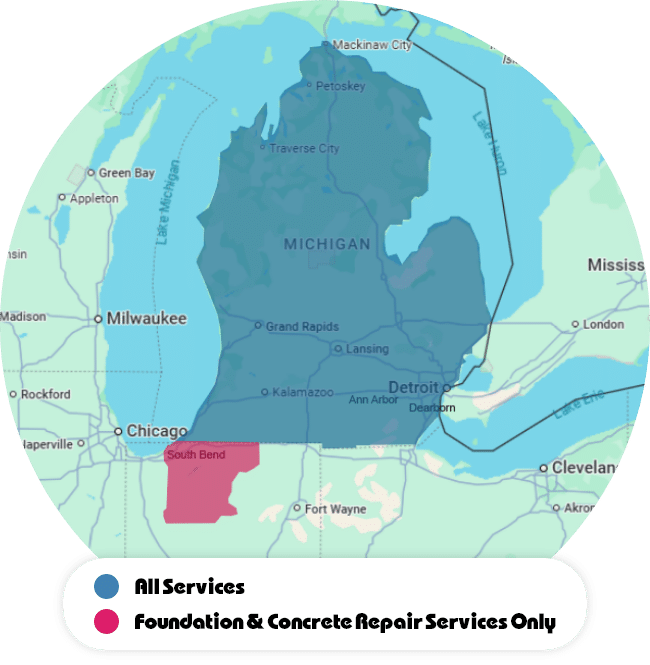Debunking Basement Mold Removal Myths

Almost everyone has encountered some kind of mold in their homes. Maybe it’s a dingy corner of the bathtub, or maybe you pulled back the carpet after a basement flood and found a whole new ecosystem - regardless of the placement or amount, you’ve likely seen it.
And you’ve likely tried to remove it yourself.
In some cases, this is fine. But there’s a lot of misinformation out there, especially revolving around two major methods of DIY mold remediation, and it’s time to clear things up.
First, let’s talk about how mold grows and spreads. Mold is hearty, and it only needs two things in order to survive (and thrive): water and food. Food, in this case, is any organic material, often wood paneling or even drywall. Water can be standing or simply a high humidity level. See? Doesn’t take much. And once a mold colony has started to grow, it spreads rapidly. Mold spores are microscopic and will easily blow into a new area of the room or even a new room of the house to start their own new colonies. Before you know it, you’ve gone from having mold (which exists everywhere), to having A Mold Problem.
Once you know you have A Mold Problem, which can usually be confirmed by sight (since mold spores are microscopic, the ability to see them means you’re looking at a sizable quantity) and smell (you know the smell), you’ve probably set out to eradicate it, and probably started by turning to google, which has recommended a few things.
1 - Bleach! Bleach everywhere!
Bleach is often recommended to kill any mold infestation. That’s why you see bathroom cleaners with bleach and heavy “Kills Mold and Mildew!” advertising. Those cleaners aren’t actually lying - bleach is effective at removing mold from hard, non-porous surfaces like porcelain and fiberglass.
The problem is that it’s useless on porous surfaces like wood, drywall, paneling, aka the surfaces that make up the rest of your house. But because it’s effective elsewhere, many DIY blogs tell you to go after mold with bleach and a scrub brush. Here’s what that does:
Bleaches the mold (so it effectively disappears and makes you think it’s gone)
Sends spores airborne (so they land somewhere new to start new colonies)
Doesn’t kill the original infestation
Basically, mold on porous surfaces has deep roots, so truly killing it is a tall order. Bleach can’t get to the roots, so at the end of your cleaning frenzy, the original infestation is still there, a ton of spores have been stirred up and scattered throughout the home to start new infestations, aaaaaand you’ve probably breathed in more bleach fumes than is safe.
2 - Mold Resistant Paint
Similar to bathroom cleaners, we don’t even need to call out a specific mold resistant paint or primer because almost every brand has one, and they’re all equally effective, or ineffective. Mold resistant paints contain chemicals that allegedly help kill off mold growth, making it difficult for new mold colonies to get established.
The problem is that they don’t do anything to existing mold. Now, to be fair to these products, there are disclaimers all over the place that they should only be used after existing mold has been treated, but that doesn’t stop people (and more of those ill advised DIY blogs) from suggesting them as an overall solution.
As mentioned above, the roots of mold growing on porous surfaces run deep, so it’s difficult to actually eradicate mold growing within drywall, wooden beams, and other surfaces. Simply painting over it might keep it at bay for a while, at least visually, but mold will continue to grow within and eventually burst out again, sending you back to square one.
So what can you do?
The key to stopping the spread of mold is to cut off either its food source or moisture access, and since it would be a bit of an undertaking to refit your home to be completely inorganic, moisture is the target. A dehumidifier is a necessity. So are professionals.
If you have mold in your basement or crawl space, or even just think you might, call us to schedule your free inspection. One of our highly trained system design specialists will assess your problem, explain your options, and recommend a solution that you’re comfortable with. Call today.









